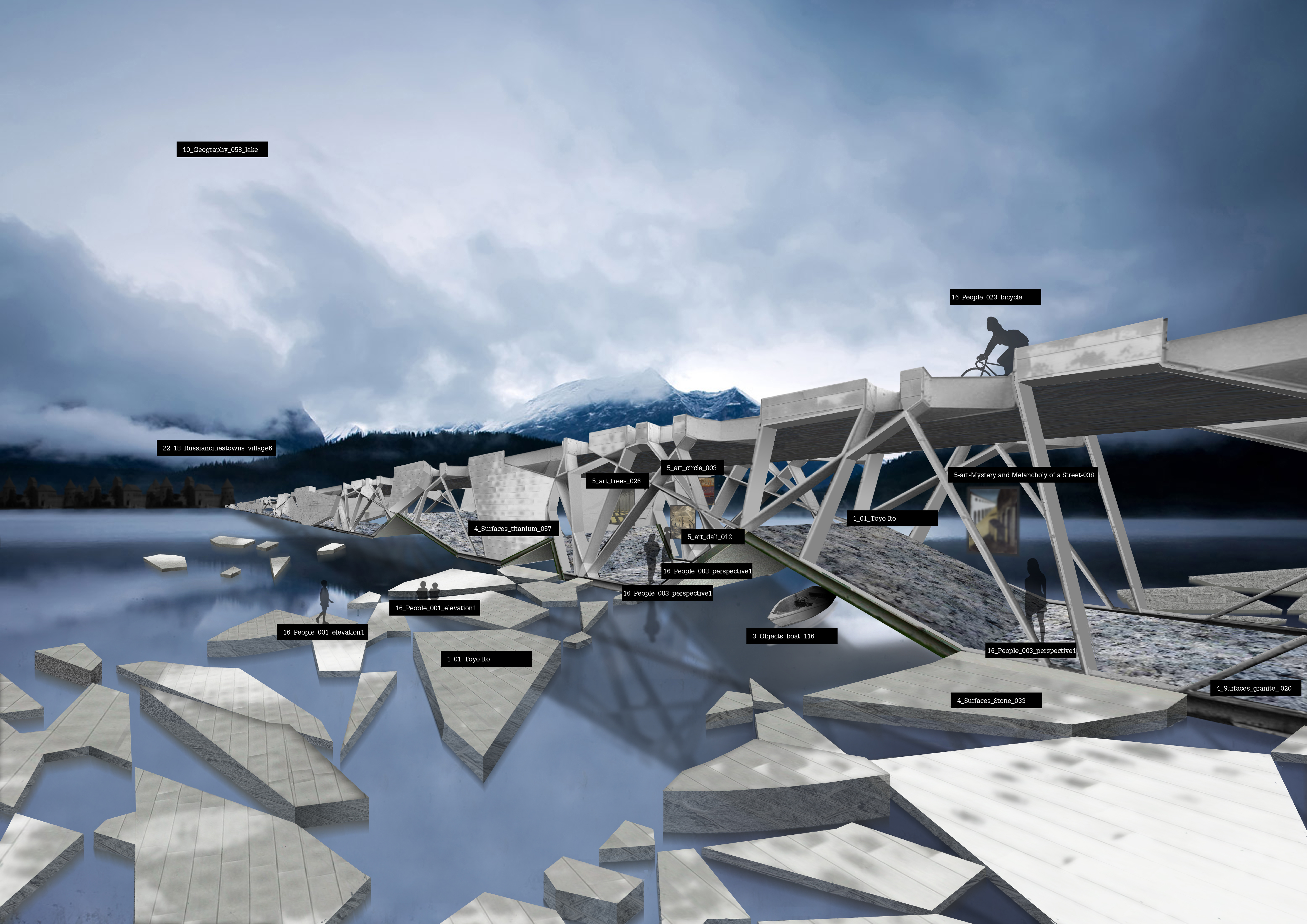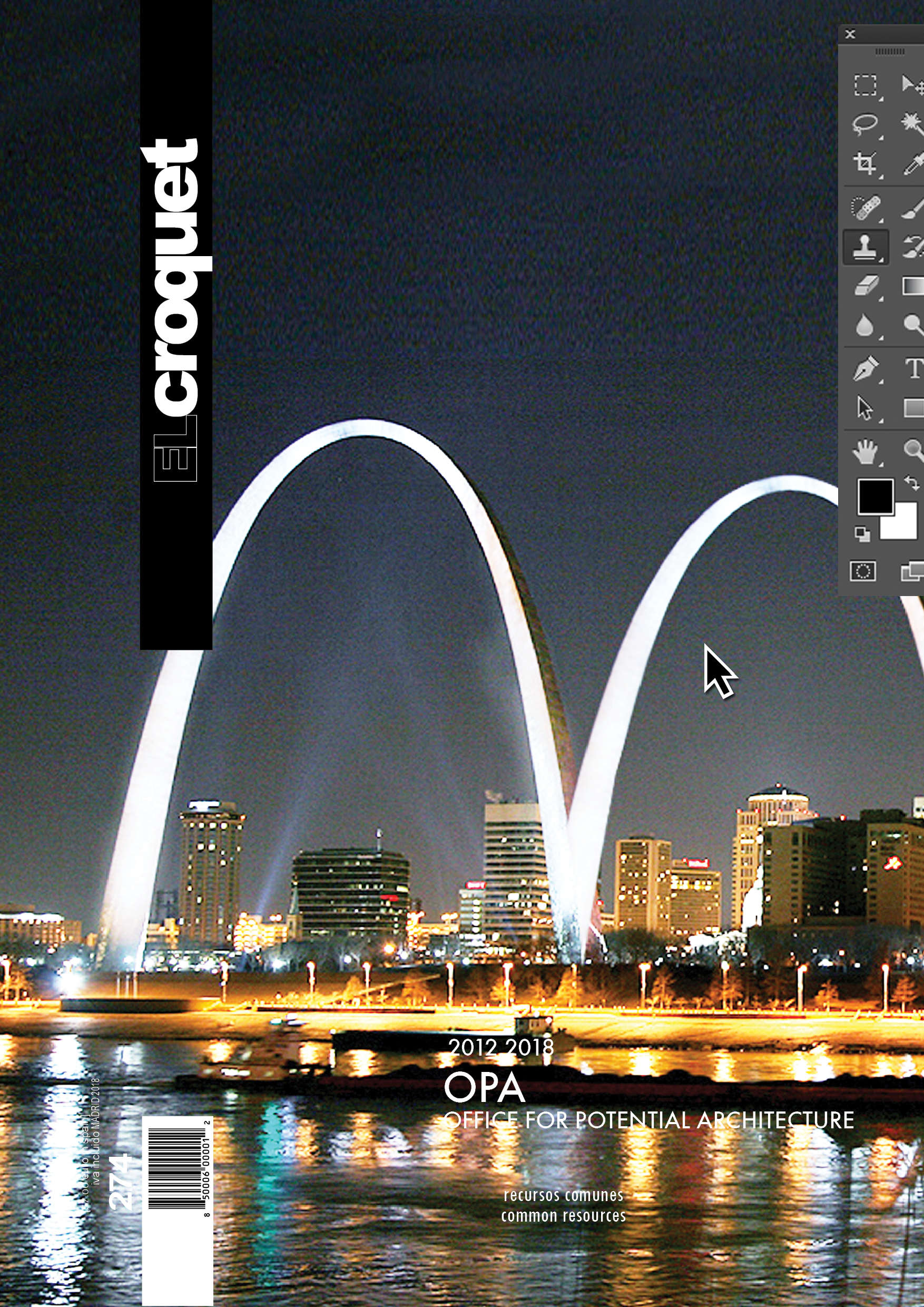Copy Paste
The Why Factory
Copy/Paste is an openly applied and premordial power in architecture of all time. Only recently - from the second half of the nineteenth century - Copy/Paste has become a secretive power, only openly revealed as'influence'. The twofold aim of studio Copy/Paste is to research the rules, methods and virtues of Copy/Paste in the history of architecture as well as to explore the potential of Copy/Paste as an open and progressive way of contemporary design.
Urgent questions are: How did the different eras in architectural history define and use Copy/Paste (from Vitruvious to Venturi and Scott Brown)? What are the key moments in the history of architecture in respect to Copy/Paste? What are the vocabulary, rules and methods of Copy/Paste through the history of architecture (decor, emulation, taste, fashion, style, influence, development, typology, tradition, vernacular culture)? Why did Copy/Paste in the nineteenth /twentieth century become something that is not openly acknowledged? How can contemporary Copy/Paste design develop from an age-old Copy/Paste tradition?
Fall 2013/2014
08 November 2013 / 15 November 2013
Tutors
Felix Madrazo (T?F), Petra Brouwer (UvA), Matteo Kuijpers (UvA)
Assistants
Ábel Bálint
Students
Aikaterini Stamatelou, Alessandro Sebastiani, Alexander Frederick Mooi, Ananda de Vos, Calcen Chan, Fang Ting Lim, Ferry Barnhoorn, Martijn Sterk, Niels van der Salm, Piotr G. Ruszkiewicz, Sen Mu, Wiebe de Boer, Yao Ji, Oswaldo Heinen, Anntje Wong, Agnès Rochette, Johana Lefevre, Andrea Ventimiglia, Carina Rodriguez, Adrien Faria de Souza Neves, Charlène Cosson, Lous Rambert, Yann Gueguen, Ava Roghanian
Collaborators
University of Amsterdam, Department of Art History


